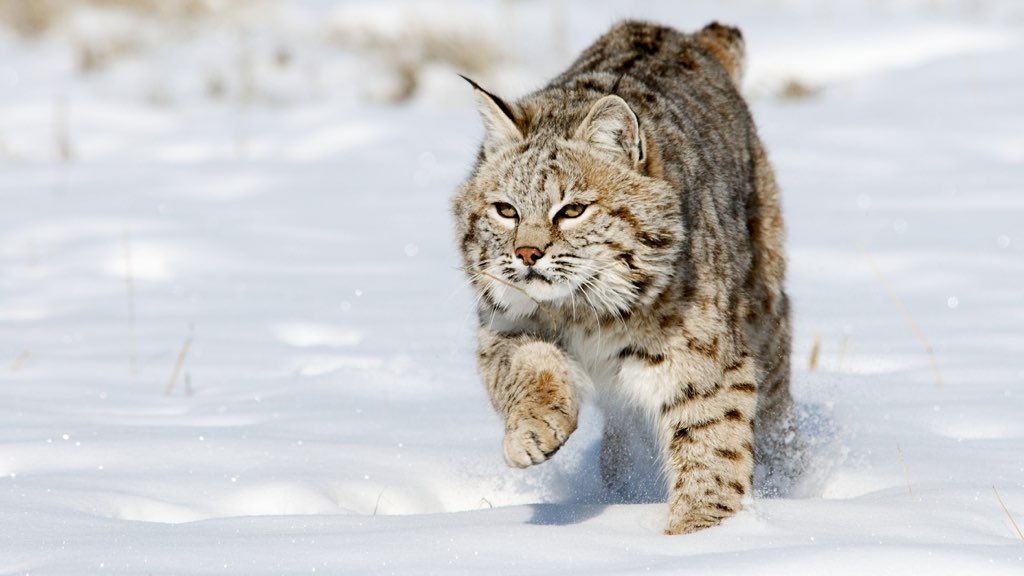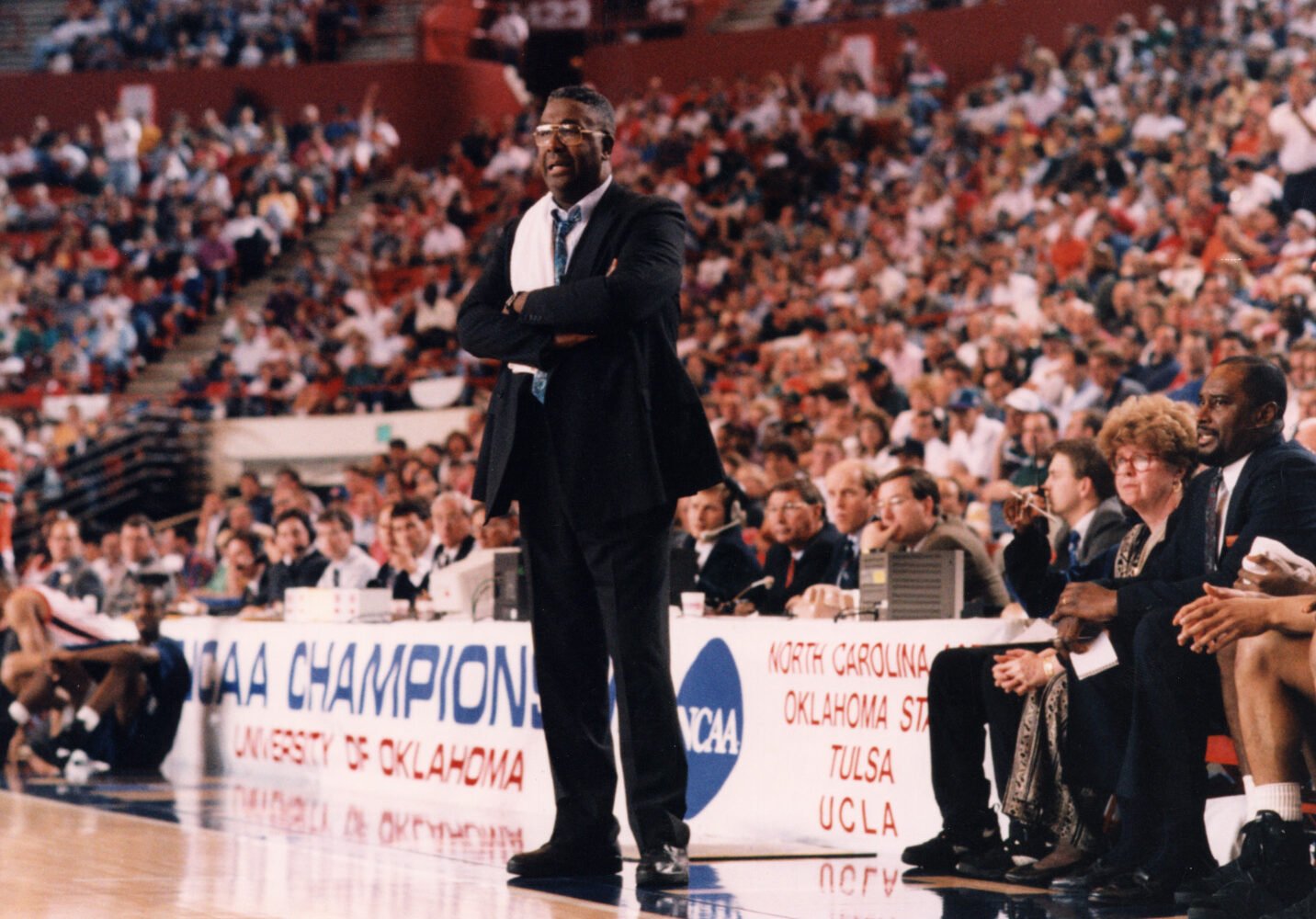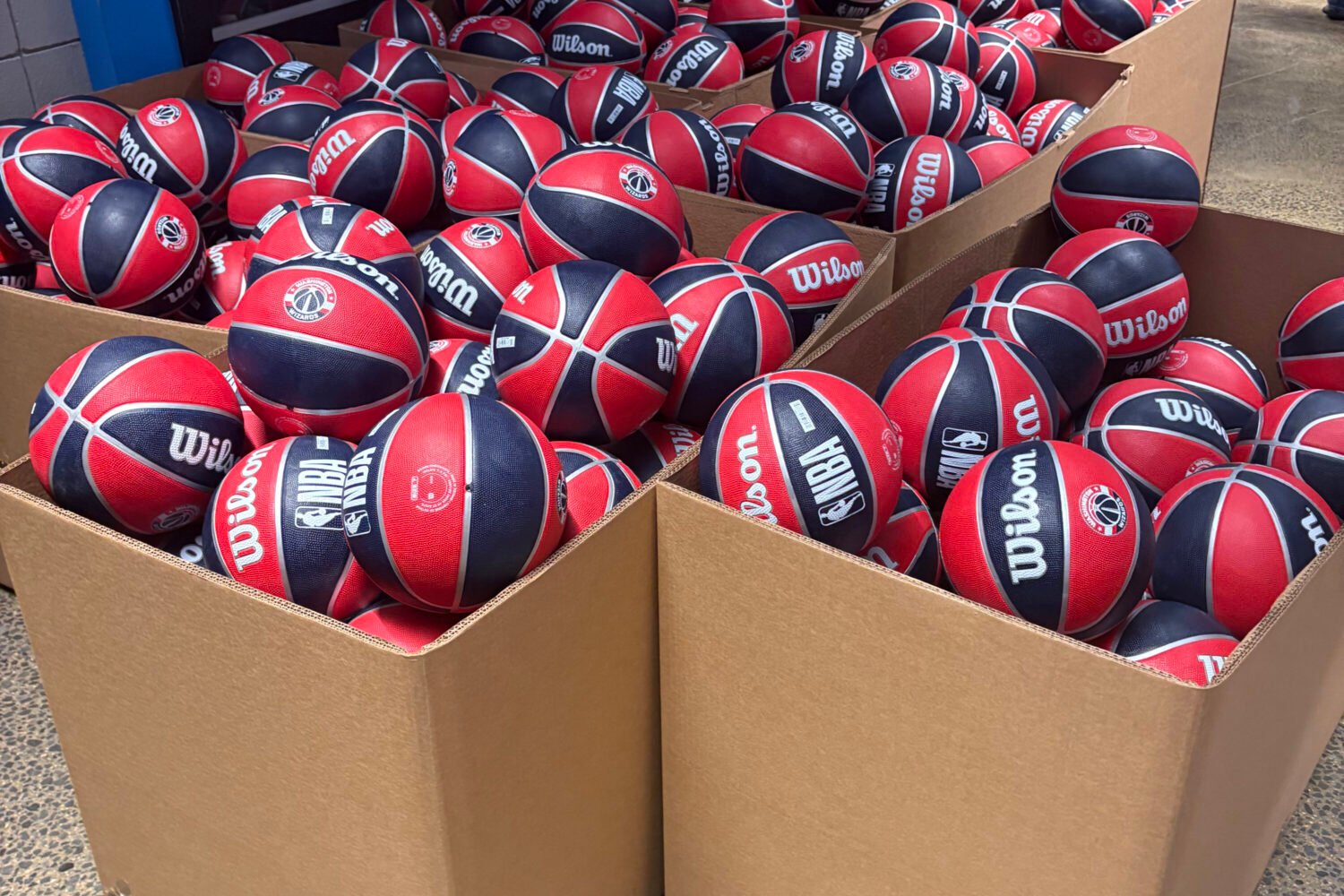With Ollie the bobcat still on the loose and wreaking havoc on DC school recess, we didn’t want to bother Smithsonian’s National Zoo with too many questions about how exactly one captures a bobcat in an urban area. That’s why we turned to bobcat-trapping expert Jerry Robbins. Robbins, 51, also known as Trapper J, is a wildlife specialist in Fort Necessity, Louisiana. He says there is an art to trapping a bobcat in the city.
It’s difficult to track bobcats in town because they don’t leave footprints on hard surfaces, says Robbins, who has been trapping bobcats and other wildlife out in the bayous and woods of Louisiana since he was 8 years old. Your best bet is to leave traps where the animal was last spotted; he favors a humane live trap, which looks like a large dog cage.
“In a situation like this, you’re going to have to bait it with food in the trap,” Robbins says. “They’re always looking for food. It’s probably going to end up in someone’s house, trying to eat cat food that’s left out on the back porch or something like that.”
The first step in baiting is to get something shiny and attractive and put it in or around the trap. Robbins says Christmas decorations are a great way to bait a bobcat. In his experience, bobcats don’t like the feel of the trap’s wire on the bottom of their feet. It’s best to cover the bottom with leaves or dirt.
“You can even take feathers off of a chicken or duck, any type of bird, and mix those feathers together,” Robbins says. “Mix the feathers with some grass and put that in the back of a trap. Take some chicken eggs and crack them and lay the shells in there. It’s a mock bird’s nest and the bobcat thinks there’s an easy meal in there.”
If you encounter a bobcat it probably won’t hurt you—unless you’re a pocket gopher. The animal isn’t known to be aggressive to humans. Just don’t let the cage wire touch its back if you’re trying to successfully trap one.
“Anything that touches their backs is a turnoff to them,” Robbins says. “If the wire touches their backs before the cage has closed, they’re gone.”
If you spot Ollie, call 202-633-7362.


















